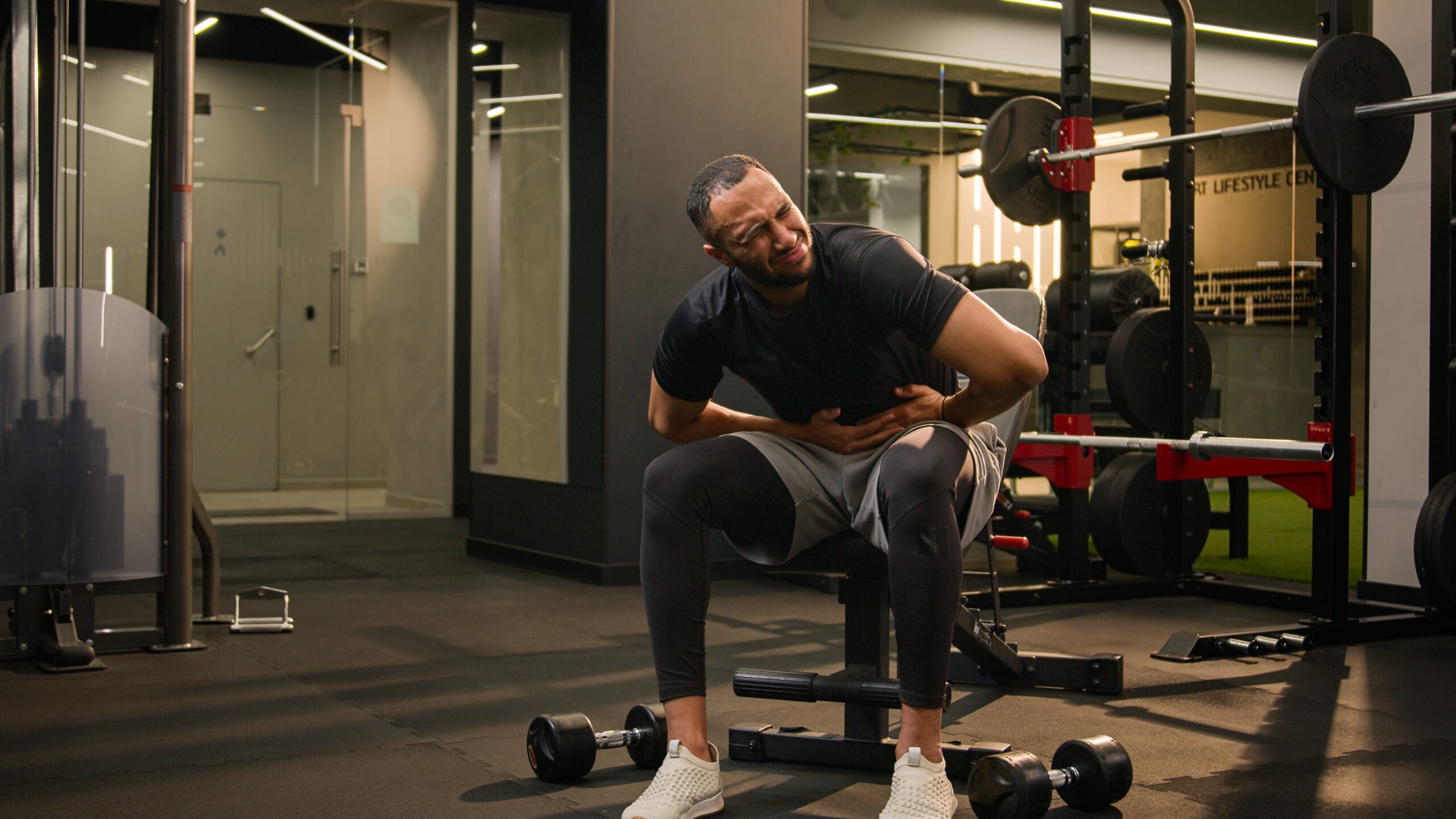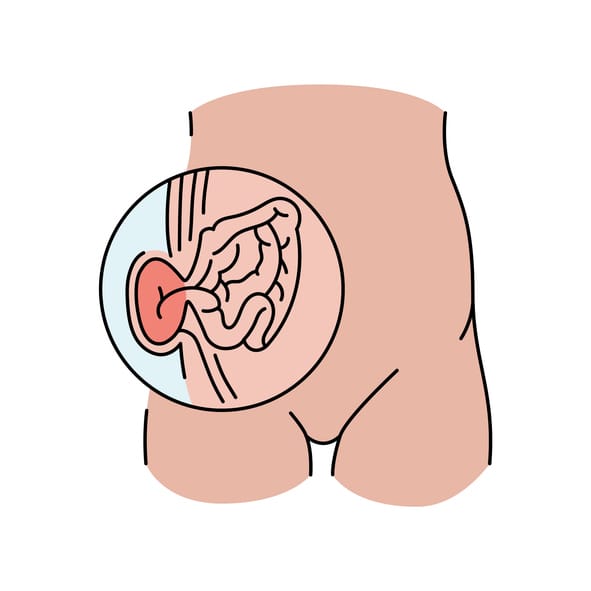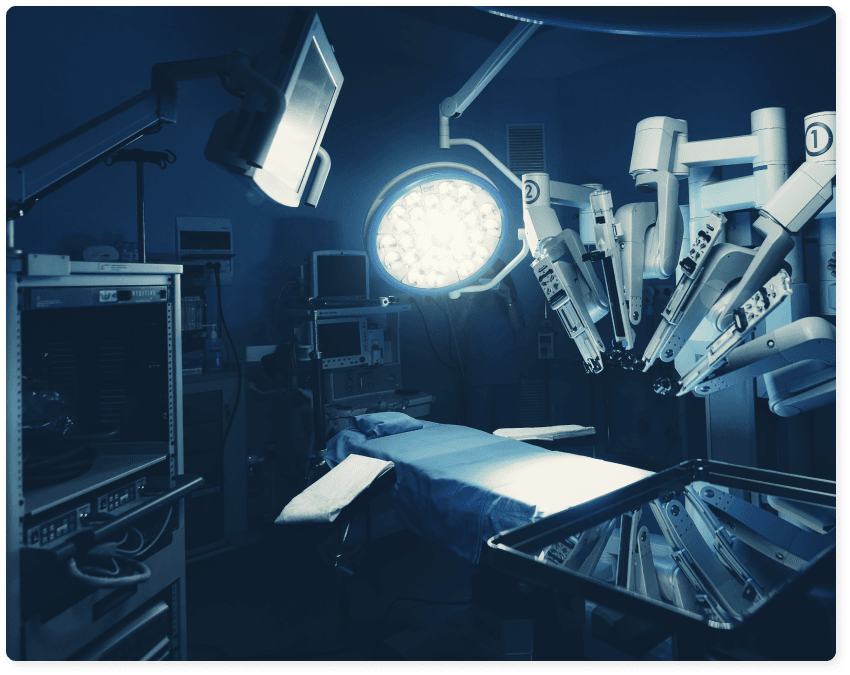Sports Hernia
Sports hernia, or athletic pubalgia, is a condition that has received considerable attention in recent years.
Many, high profile athletes have been diagnosed with sports hernia, manifesting pain in the groin and consequently not being able to compete normally or even giving up their athletic career.
It is a condition that requires a lot of experience to diagnose and which can now, thanks to modern methods of laparoscopic and robotic surgery, be treated with excellent results.
Groin injuries account for 2 to 5% of all sports injuries. Early diagnosis and proper treatment are important in order for these conditions not to become chronic, with disastrous consequences for the athletes’ careers.

What is Sports Hernia?
Sports hernia (or athletic pubalgia) is one of the posterior inguinal wall abnormalities of the groin that causes pain.
This condition is caused by the gradual weakening of the posterior wall of the inguinal area, usually resulting in the formation of a small indirect inguinal hernia that is not clinically evident.

According to some researchers, sports hernia is the most common cause of chronic pain in athletes.
Why choose Dr. Konstantinidis?
Dr. K. M. Konstantinidis and his team possess vast experience in the field of laparoscopic and robotic surgery.
Dr. Konstantinidis is the pioneer of Robotic Surgery in Greece and one of the leading figures internationally in the field, having performed the largest series of General Surgery operations in Europe with the innovative Da Vinci® robotic system, including inguinal hernia surgeries.
What are the symptoms of Sports Hernia?
Symptoms of sports hernia may include one or more of the following
Even if none of the below symptoms are present, the usually vague nature of the condition means that some athletes suffer from sports hernia, even if the only symptom is chronic groin pain which affects their performance.
Sudden onset of pain, deep in the groin that gradually worsens. The pain may disappear at rest but returns during exercise.
The pain is more often felt on one side of the groin area (unilateral), than on both sides.
Pain that extends to the inguinal ligament (groin), perineum and gluteal muscles.
Pain that occurs only during rotations.
Conditions that increase intra-abdominal pressure, such as coughing or constipation, may increase pain.
Inguinal bulging is detected in 30% of patients.
Who is more likely to get Sports Hernia?
Sports hernia usually affects young men who are actively involved in sports.
Women are also affected, but much less often than men, and account for only 3 – 15% of all sports hernia referrals.
Most often it affects both professional and amateur athletes, especially in football, basketball, athletics, and hockey.
What causes Sports Hernia?
Although there is no agreement in the medical community as to what causes sports hernia, the prevailing view is that it is due to excessive strain during training.
This condition is due to the gradual weakening of the posterior wall of the inguinal area caused by the competitive action of the femoral adductor muscles in relation to the abdominal muscles, especially in sports that require sudden changes of direction and acceleration.
This weakening does not result in a hernia that is clinically detectable on physical examination but only in pain manifested in the area on palpation.
How does Sports Hernia affect performance?
Inguinal pain is very annoying for the athlete and can affect his/her performance. It mainly concerns movements, such as kicks, sharp accelerations and decelerations, sharp changes of direction and sharp turns of the torso.
How is Sports Hernia diagnosed?
Because the symptoms of sports hernia are similar to those of many other types of groin injuries, diagnosing the condition requires a thorough medical evaluation that may require more than one medical visit to complete.
Diagnosis of inguinal pain in athletes is difficult for two reasons:
- the anatomy of the area is complex and
- 2 to 3 different injuries usually coexist
The doctor should first rule out all possible intra-abdominal disorders, such as urinary problems (e.g., varicocele), lower back pain and hip joint disorders.
Diagnosis is often difficult, both for the athlete and the doctor, and remains unclear in about 30% of cases.
X-rays, ultrasound, and MRI scans can help rule out other conditions that cause groin pain, but they are not very helpful in diagnosing sports hernia.
In essence, the diagnosis is made during the clinical examination, which is why it is important for athletes to be examined by an experienced surgeon with a deep knowledge of the anatomy of the area.

Laparoscopic Hernia Repair
How is Sports Hernia treated?
There are many different procedures that can be used to treat each specific type of hernia.
Usually, chronic groin pain is initially treated conservatively with physiotherapy and medication (non-steroidal anti-inflammatory drugs, B vitamin complexes, etc.)
However, it is not uncommon for conservative treatment to fail and for symptoms to recur.
In these cases, the only definitive treatment for sports hernia is surgery.
Surgery mainly involves strengthening the posterior abdominal wall, which is achieved by open surgery, laparoscopically or by robotic surgery.
The prevailing view today is that patients with sports hernia should undergo robotic or laparoscopic surgery, depending on the type of problem, by a specialized team, to avoid the large incision of 6-10 cm and the injury of the tissues that characterize conventional open surgery.
Laparoscopic Hernia Repair
What is Laparoscopic Hernia Repair?
Laparoscopic surgery allows the hernia to be repaired in a minimally invasive way, ensuring the least possible injury to muscles and other tissues of the abdomen, which is especially important for high-level athletes.
The laparoscopic method does not involve large incisions, but small holes through which the surgical instruments are inserted, including the laparoscope which -thanks to a special micro-camera- allows the surgeon to view the hernia and the surrounding tissue in magnification on a screen.
Repair involves placing a mesh at the site of the hernia.
What is the TEP method?
Totally extraperitoneal (TEP) endoscopic hernia repair with mesh placement, is the most modern laparoscopic method and offers better results.
Hernia repair is performed through 3 holes 5 mm long in the skin, without cutting the muscles.
The advantage becomes even more obvious when the hernia is bilateral, so the repair can be carried out through the same holes, without the need for a new incision.
The surgeon works with a special camera and with a magnification of 10-15 times, while the operation is completed quickly, without blood loss and with great accuracy.
What are the advantages of Laparoscopic Hernia Repair?
A great advantage of the TEP laparoscopic method is that it is performed extraperitoneally. This means that the surgeon does not “open” the abdomen. Instead, he creates a “pocket” between the peritoneum and the muscles, at the point of the hernia, and places the mesh there, in order to achieve the desired stability and to restore the original anatomy of the affected area. In this way, the least possible injury from the operation is achieved.
A second big advantage is that laparoscopically, the surgeon’s access to the affected area is much better and this allows the placement of larger meshes, e.g., 10 X 15 cm or more, which can cover a large part of the inguinal area.
Thus, the chances of a relapse are dramatically reduced.
This possibility does not exist in open surgery, as the surgeon’s access is more limited.
What happens after Laparoscopic Repair?
Immediately after the operation, the patient feels minimal to no pain while returning to his/her sports activities within 4-6 weeks, unlike the cases of open surgery, in which patients need to avoid stress for 3-4 months.
Robotic Hernia Repair
What is Robotic Hernia Repair?
Robotic surgery is the evolution of laparoscopy and offers great advantages, ensuring the best possible access to the problem area and excellent accuracy and stability in the surgeon’s movements.
The 3D view of the surgical field and the enhanced flexibility of the surgical tools that resemble the human hand but on a microscopic scale, make the work of the surgeon easier and allow him to perform the operation bloodlessly and with great accuracy.
Thus, the best possible medical outcome is achieved, even for the most difficult cases of sports hernia, in which the chronic problem has caused multiple adhesions in the area that must be cleared so as to release the nerves that cause the pain. Also, due to the chronic inflammation of the area, there may be swollen lymph nodes near large vessels that are a cause of pain. With robotic technology it is possible to completely remove them and solve the problem.
The robotic technique used to repair sports hernia is the r-TAPP (Robotic Transabdominal Pre-peritoneal) method. It is intraperitoneal and is performed with the assistance of the robotic system. As a technique, it offers a significant advantage, especially when it comes to repairing complex hernias. During r-TAPP, the surgeon enters the peritoneal cavity and, after reducing the hernia and clearing the area from adhesions, places a mesh through a small incision in the peritoneum that corresponds to the location of the hernia.
What are the advantages of Robotic Hernia Repair?
Robotic hernia repair is characterized by significant advantages, such as:
- Minimal tissue injury, as the large incision of the open surgery is avoided
- Minor blood loss
- Less postoperative pain
- Avoidance of complications and minimal risk of recurrence
- Faster recovery and return to daily activities and sports
In addition, the robotic hernia repair techniques applied by Dr. Konstantinidis and his Surgical Team offer significant advantages for the repair of large hernias, with a diameter of more than 7-8 cm.
In the case of large or complex hernias, the use of the robotic system makes the difference, with its particularly fine tools, as it ensures:
- Unsurpassed surgical precision
- Great ease of movement and flexibility
- Optimal access to the affected area
In this way, the repair of large and difficult hernias can be minimally invasive and open surgery is avoided.
What happens after Robotic Hernia Repair?
Recovery after surgery is immediate. The patient is mobilized from day one and is usually discharged in the same day.
The return to sports activities takes place within 4-6 weeks after the operation, a period of time significantly shorter compared to the 3-4 months of avoiding the stress required after open surgery.